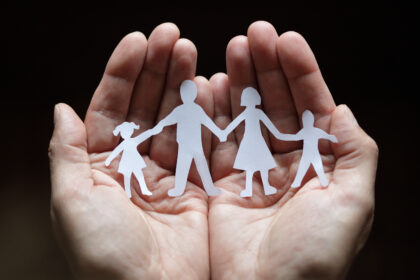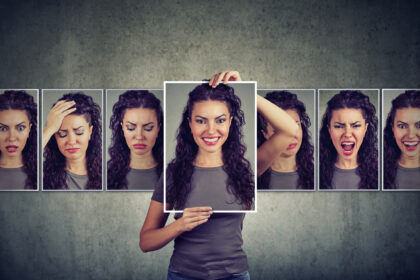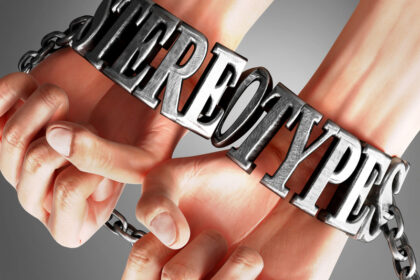How Certain Attractions Cause Relationships to Form
Relationships are formed based on the fundamental layers of attraction, including close relationships. Altruism and ego are comparable motivations for helping other people. Fairness between persons of any relationship can be measured. Emotional reactions that arise between two persons, or from a situation, do not always seem reasonable. And many behavioral responses and characteristics, such as altruism, will differ from person to person, or group to group.
Close Relationships, Attraction, and Altruism
Fundamental human motives include the need to belong, the formation of close relationships, and the desire to help others (Kassin et al., 2017). It is possible to measure the likelihood of a relationship being successful. It is also possible to measure the likelihood of altruism, both who is likely to help and who is likely to be helped. And one of the greatest motivators to help others has traditionally proven to be some sort of selfish reward (Cox, et al., 2008).
Evaluating Fairness
Adam Smith used Equity Theory to propose a method for analyzing the fairness and interchange within a relationship (Chadee, 2011). It is how interactions between any two people are measured. This theory (and its derivatives) measure and propose equity in relationships, the outcome of violating laws of equity, and even emotional response. Smith even believed behavior to be controlled by emotions, but that emotions were able to be controlled by the mind with the implementation of some outside perspective (Nava Ashraf, et al., 2005).
Analyzing Unreasonable Emotional Reactions
One recent analysis examined the overwhelmingly unreasonable emotional reaction to trivial events (Leary, et al., 2015). While many studies highlight perceived disrespect to be the lead cause of this phenomena, this analysis focused on the role of social exchange rule violations. Disproportionate reactions to minuscular tangible events originate from perceived rule violations that are typically only experienced by the reacting individual (Leary, et al., 2015). As with many topics and life attributes, there are profound differences in how individuals of various groups, and independently within various situations, perceive injustice and unfairness (Mondak, et al., 2017).
Social Heuristics and Social Roles
It is reasonable that characteristics, personality traits, and behaviors are different from person to person. For instance, one study argues that there may be a predisposed inheritance of altruistic attributes in women due to their disproportionate occupational dominance of industries demanding altruistic behavior (Rand, 2016). Women also suffer stereotypes like any other group, especially in the nature that they should be unselfish and communal. Some studies and research choose to brand this stereotype more of an obligation, rather than inherited behavior (Acharya, et al., 2017).
Conclusion
Ideas of thinking such as Equity Theory are revolutionary and seminal and spawn many derivative theories which also impact psychology. Analyzing attraction, relationships, and fairness will best map a plan that results in the least dissonance with the greatest rewards. Analysis of a relationship may also help reduce the cases of unreasonable emotional exchanges. Gender also plays an inherit role in the display natural altruism, greatly favoring females. With practice, however, altruism is a skill which can be learned.
References
Acharya, S., Bryant, L., & Twiddy, M. (2017). Altruism or obligation? The motivations and experience of women who donate oocytes to known recipients in assisted conception treatment: an interpretative phenomenological analysis study. Journal of Psychosomatic Obstetrics and Gynaecology., 38(1), 4–11. https://doi.org/10.1080/0167482X.2016.1233171
Chadee, D., (2011). Interdependence in Social Interaction by Ann C. Rumble. Theories in Social Psychology. Blackwell Publishing Ltd. United Kingdom. Pp. 191-193.
Cox, J., Friedman, D., & Vjollca Sadiraj. (2008). Revealed Altruism. Econometrica, 76(1), 31-69. Retrieved July 28, 2020, from www.jstor.org/stable/4502053
Kassin, S., Fein, S., Markus, H. R., (2017). Social Psychology. Tenth Edition. Cengage Learning. Boston, MA. Pp. 5-6.
Leary, M., Diebels, K., Jongman-Sereno, K., & Fernandez, X., (2015). Why Seemingly Trivial Events Sometimes Evoke Strong Emotional Reactions: The Role of Social Exchange Rule Violations. The Journal of Social Psychology. 155:6, 559-575, DOI: 10.1080/00224545.2015.1084985
Mondak, J.J., Hurwitz, J., Peffley, M. and Testa, P., (2017). The Vicarious Bases of Perceived Injustice. American Journal of Political Science, 61: 804-819. doi:10.1111/ajps.12297
Nava Ashraf, Camerer, C., & Loewenstein, G. (2005). Adam Smith, Behavioral Economist. The Journal of Economic Perspectives, 19(3), 131-145. Retrieved July 28, 2020, from www.jstor.org/stable/4134976
Rand, D., Brescoll, V., Everett, J., Capraro, V., and Barcelo, H., (2016). Social Heuristics and Social Roles: Intuition Favors Altruism for Women but Not for Men. Journal of Experimental Psychology: General. Retrieved from: http://dx.doi.org/10.1037/xge0000154.supp




